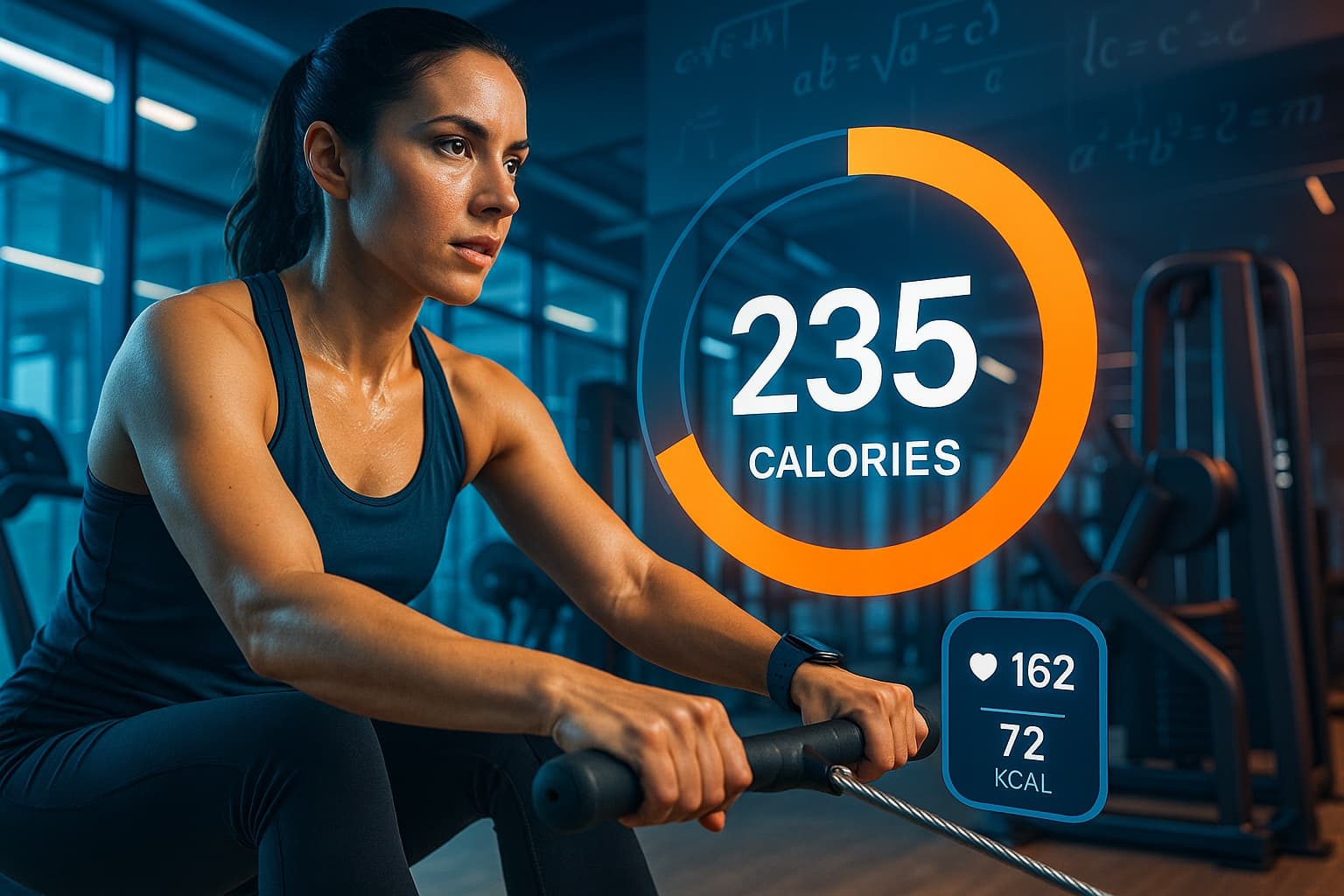Rendering article content...
Unlock Your Calorie Burn Potential: Free Calculator & Professional Tracking Methods
Discover how to accurately calculate calories burned during exercise and daily activities. Our comprehensive guide covers proven formulas, factors affecting calorie burn, and free calculator tools to help you track your fitness progress and achieve your weight loss goals effectively.
